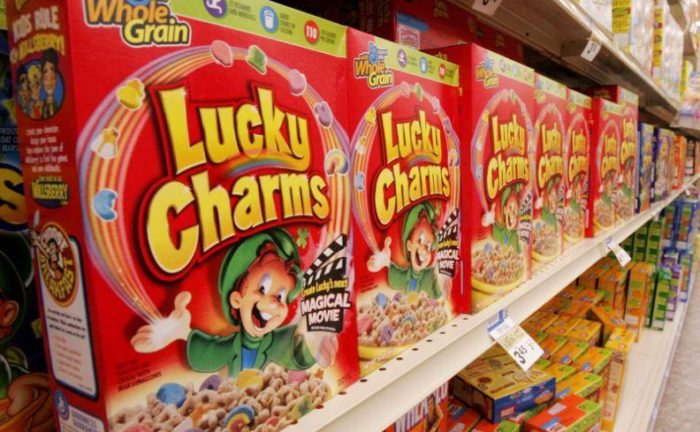
Inflation’s Slow Build
Inflation is getting a lot of attention. Prices are rising across categories, and the U.S. is hitting the highest inflation rates that it has seen in a very long time. Over the past 12 months, inflation was a remarkable 5.3%.
The Transitory Inflation Theory
Many economists have projected that this increase in inflation will be transitory – a brief spike in prices caused in part by the pandemic and supply-chain issues. As these factors adjust, the theory goes, prices will come back down. Federal Reserve leaders firmly believe in this concept, even if they now recognize that transitory might be longer than expected.
The lumber market is a remarkable illustration of transitory inflation. Early in 2021, prices soared, causing distress for the construction industry and home builders. Prices later declined, as supply and demand balanced out.

The Slow Build
While transitory inflation may well be present in certain categories, in other categories inflation is likely to take a different path: a slow and steady build. Prices will move gradually, but consistently. Instead of a spike, the pricing trend is more likely to be a gradual rise.
The reason is simple: in many industries, it is impossible to adjust prices quickly. Consumer packaged goods is a good example. It is not easy to rapidly adjust the price of a box of pasta or a bottle of ketchup.
Let’s say you are the brand manager on an everyday product like cereal. What happens with pricing?
It starts when you see your costs increase from shipping, packaging and other factors. This puts pressure on margins.
So, as a responsible business leader, you decide to increase your prices a little. You announce a price increase. But this increase won’t take effect for perhaps three months, because your retail partners like Kroger and Safeway require advanced notice of major pricing moves.
Once retailers hear about a planned price increase, they do the logical thing: they buy a lot of inventory at the old price, to lock in the lower price and perhaps increase margins as prices in the industry go up.
If retailers buy three months of inventory, then the shelf price of a box of cereal doesn’t move until perhaps six months after the product manager decided to increase prices.
What happens next? As shelf prices start to move, consumers realize that everyday items like cereal are costing more. So they look for higher wages. The truck driver and the factory worker move to higher paying jobs or ask for a raise. These wage increases eventually will flow through the system, and the cereal product manager will once again face margin pressure.
In the end, prices on cereal may go up again, and this could happen even before the first price increase has fully worked through the system.
The Inflation Reality
Now there are many components to an inflation number. Some items adjust quickly, like lumber and airline tickets. Other components move much more slowly; prices on some of the products that people regularly buy are just starting to move. I paid $6 for a box of cereal last week.
Those who think inflation will be transitory are betting that the fast-adjusting categories will dominate. That might be correct, but given how pricing works in some important categories I am not so confident. For consumers, prices will be going up in the weeks ahead; many of the price increases announced back in Q1 and Q2 are just starting to hit the shelves.
Things are getting interesting.
A quick note on the blog: I am switching from blog alerts to a newsletter. So if you receive these blog alerts, please sign-up for the newsletter at www.timcalkins.com; I will cut off the blog alerts later this year. If you are getting both the newsletter and the blog alerts, hang in there. The alerts should stop in November.
Comments RSS Feed